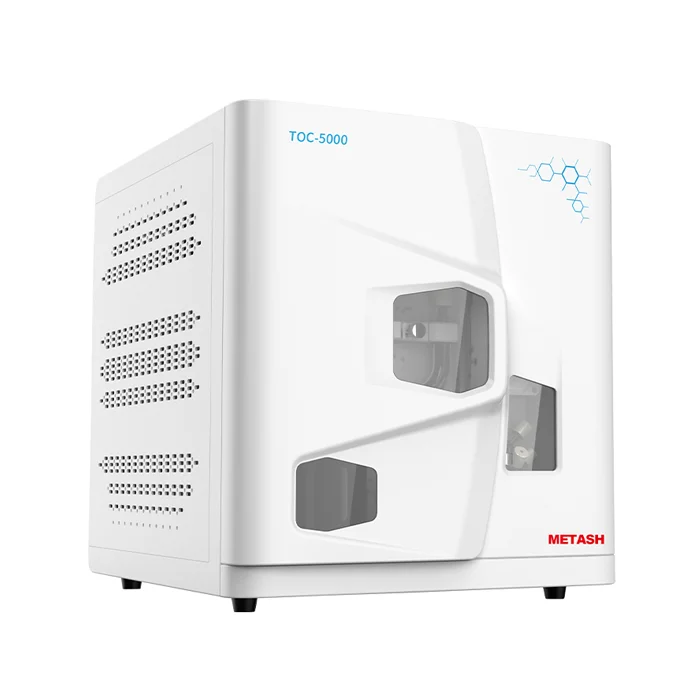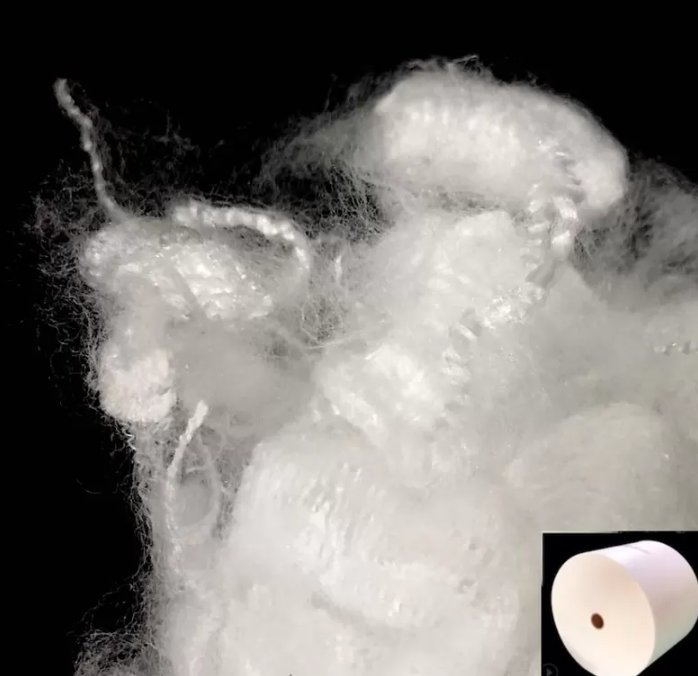Quality Control Analysis of Cobalt Sulfate by Lab TOC Analyzer

In the realm of modern industrial production, the quality control of raw materials is of paramount importance, especially for those that serve as critical components in high-tech industries. Cobalt sulfate, a significant cobalt compound, is widely utilized in various fields such as batteries, electroplating, chemicals, ceramics, and glass. Its role as a key raw material for lithium-ion battery cathodes makes its purity directly impact the performance of batteries. In this blog post, Metash, as high performance TOC total organic carbon analyzer exporter, will share the importance of lab TOC analyzer for quality control analysis of cobalt sulfate.
Importance of Lab TOC Analyzer in Cobalt Sulfate
Cobalt sulfate, with the chemical formula CoSO₄, commonly exists in the form of heptahydrate (CoSO₄·7H₂O) and is an important inorganic salt product. The heptahydrate form exhibits a rose-red to brownish-red color, while the anhydrous form is deep blue. It is highly soluble in water and methanol, slightly soluble in ethanol, and insoluble in ammonia. In the context of the rapidly growing new energy vehicle market, cobalt sulfate has become an indispensable raw material for lithium-ion battery cathodes, playing a vital role in the production of high-performance batteries.
The presence of organic impurities in cobalt sulfate can interfere with the synthesis of precursors, leading to a decline in battery capacity. Hence, TOC analysis serves as a vital tool for monitoring organic residues in cobalt sulfate, ensuring its purity and stability. By conducting TOC tests, manufacturers can effectively control the quality of cobalt sulfate, thereby enhancing the overall quality of lithium-ion batteries and contributing to the healthy development of the new energy vehicle industry while meeting environmental protection requirements.

Experimental Methods for Lab TOC Analyzer
Instruments and Reagents
To accurately measure the TOC content in cobalt sulfate, a TOC-5000 RD total organic carbon analyzer is employed. This instrument is equipped with a platinum catalyst and utilizes oxygen as the carrier gas. Other reagents used in the analysis include sodium bicarbonate, potassium hydrogen phthalate, phosphoric acid, and hydrochloric acid, all of which are of high purity.
Analysis Conditions
The TOC analyzer operates under specific conditions to ensure precise measurements. The carrier gas flow rate is set at 180.0 ml/min, with a pressure of 0.200 Mpa. The combustion tube temperature is maintained at 680℃, and the detection is performed using a non-dispersive infrared detector (NDIR).
Sample Preparation
A sample of cobalt sulfate is taken and diluted with ultrapure water to a volume of 100ml. The prepared sample is then analyzed using the NPOC standard curve and the TOC method (TOC = TC - IC) available in the instrument's software. Additionally, spike recovery experiments are conducted to verify the accuracy of the measurements.
Results and Discussion
Standard Curves
To ensure the accuracy of the TOC measurements, standard curves for NPOC, IC, and TC are established. The NPOC standard curve is created using potassium hydrogen phthalate, while the IC standard curve is prepared with sodium carbonate and calcium bicarbonate. The TC standard curve is generated by combining the organic and inorganic carbon standard solutions. The linearity of these standard curves is confirmed by their high correlation coefficients, with R² values of 1 for the NPOC and TC curves, and 0.9999 for the IC curve.
Measurement Results
The TOC content in the cobalt sulfate samples is determined using both direct and difference methods. Each sample is tested three times to ensure reproducibility. The results indicate that the direct method yields a TOC content of 10846.04 mg/L with a spike recovery rate of 92.19%, while the difference method gives a TOC content of 10811.34 mg/L with a spike recovery rate of 96.93%. The difference method is found to be more suitable for TOC analysis of cobalt sulfate due to its better reproducibility and higher accuracy.
Conclusion
The TOC analysis of cobalt sulfate is a critical step in quality control for industries relying on this compound. The study demonstrates that both direct and difference methods can effectively measure the TOC content in cobalt sulfate. However, the difference method is preferred due to its superior performance in terms of accuracy and reproducibility. By employing TOC analyzers like the TOC-5000 RD, manufacturers can ensure the purity and stability of cobalt sulfate, thereby enhancing the quality of lithium-ion batteries and contributing to the sustainable development of the new energy vehicle industry. As technology continues to advance, the importance of precise TOC analysis will only grow, further solidifying its role as a cornerstone of quality assurance in modern industrial processes.
www.metashcorp.com
Metash





